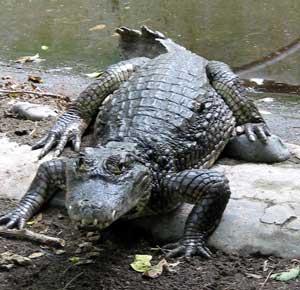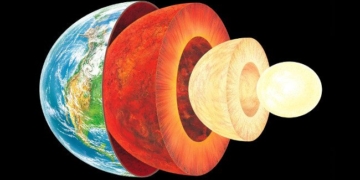According to Australian researchers, the ancestors of crocodiles (American alligators and caimans) likely originated on the supercontinent Gondwana, located in the Southern Hemisphere.
 |
|
American Alligator (Photo: eveandersson) |
Steven Salisbury and his research team discovered a fossilized bone in Queensland, Australia, dating back approximately 95 million years, which shares many characteristics with modern crocodiles. Isisfordia duncani is a small crocodile species, measuring about 1 meter in length and weighing 3-4 kilograms. This size is significantly smaller compared to modern crocodiles, which can reach lengths of up to 7 meters.
This species plays a crucial role in the evolutionary history of crocodiles. The first reptiles resembling crocodiles appeared around 200 million years ago.
Modern crocodiles began to diversify about 80 million years ago. Isisfordia duncani emerged just before this diversification occurred and shares a common ancestor with the American alligator.
To date, most fossils of modern crocodile species have been found in the Northern Hemisphere. This leads researchers to hypothesize that crocodiles began diversifying in the north before becoming abundant in the south.
The discovery in Australia is essential for gaining deeper insights into the evolutionary history of crocodiles.

















































